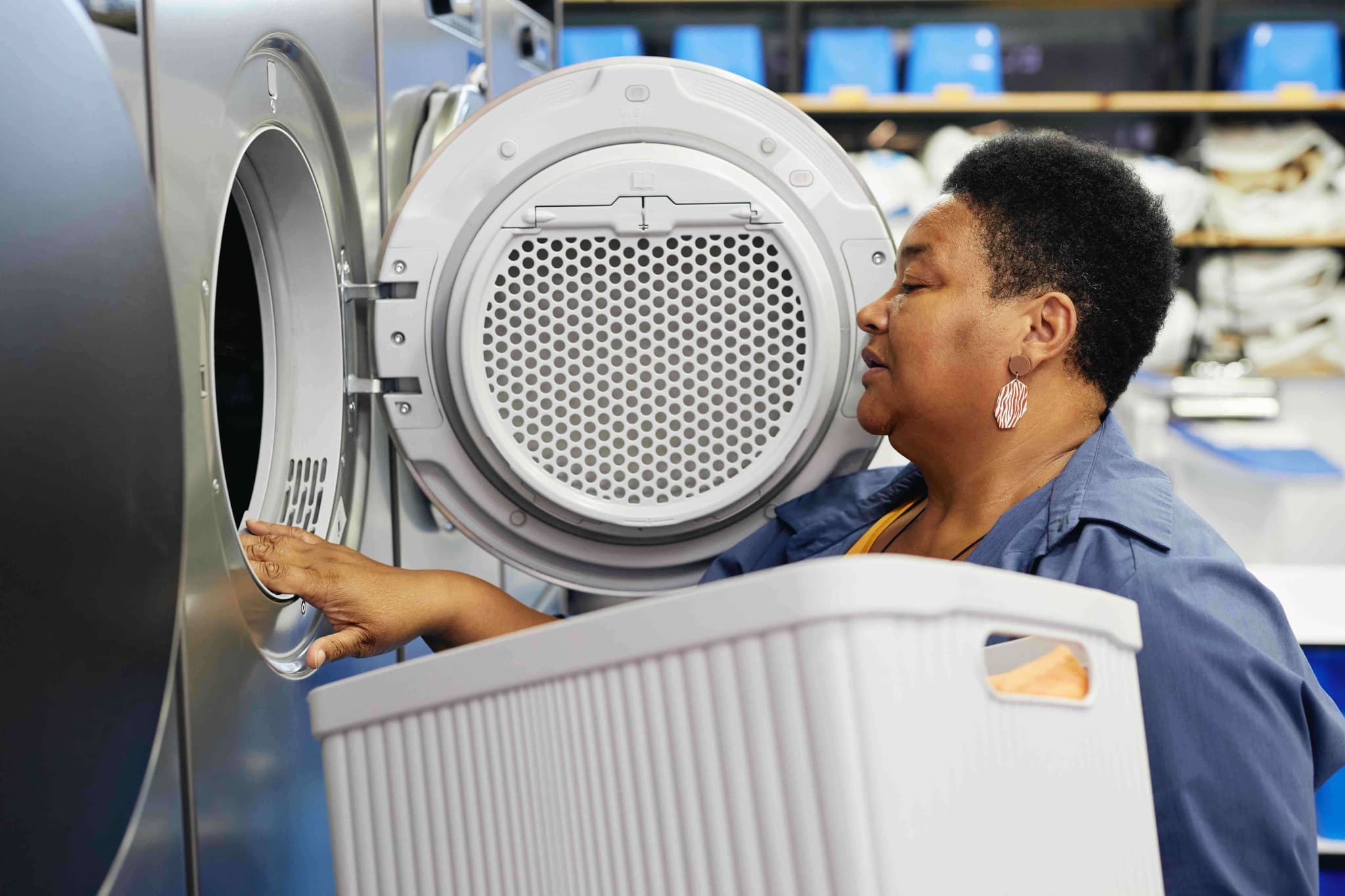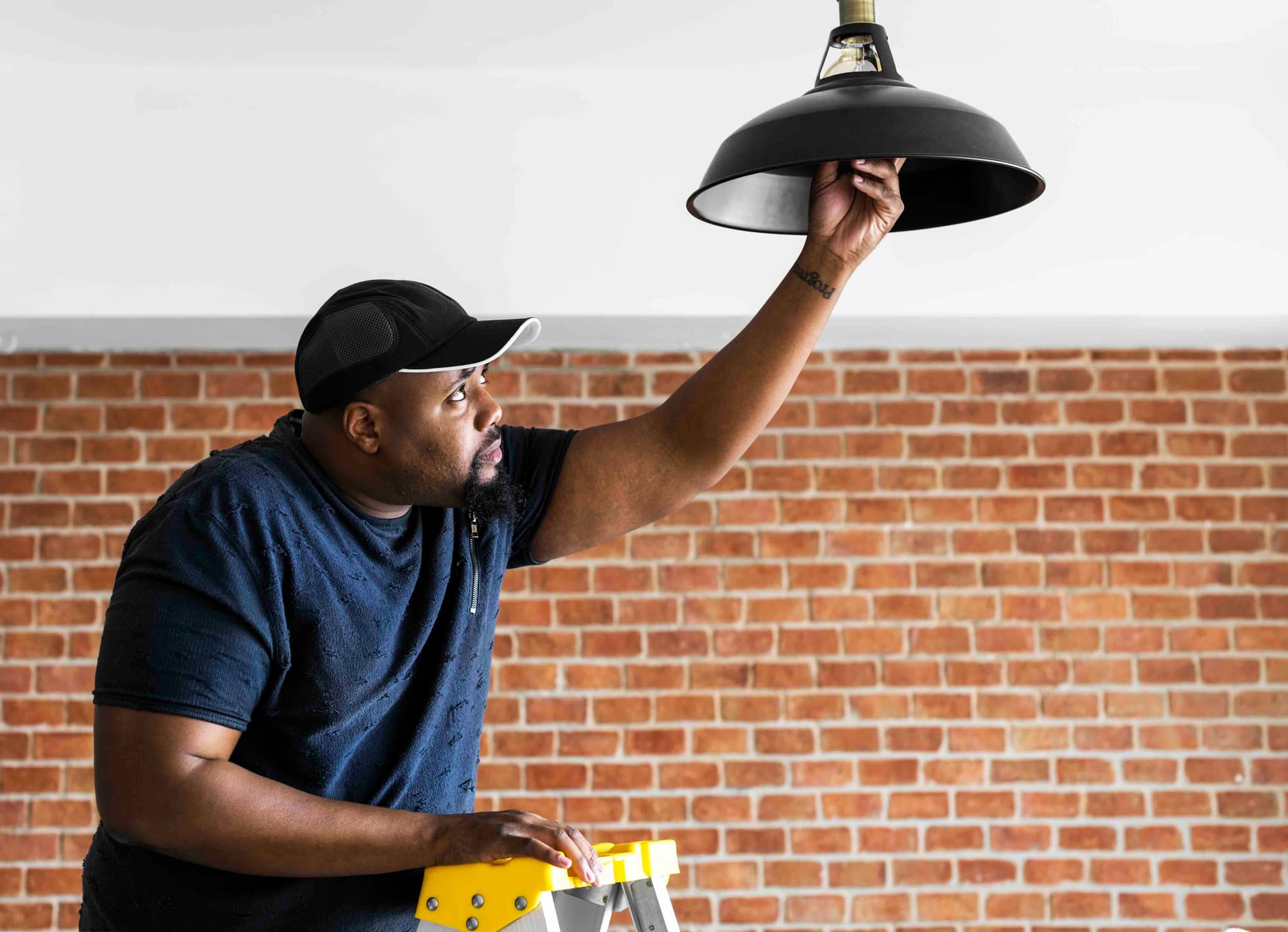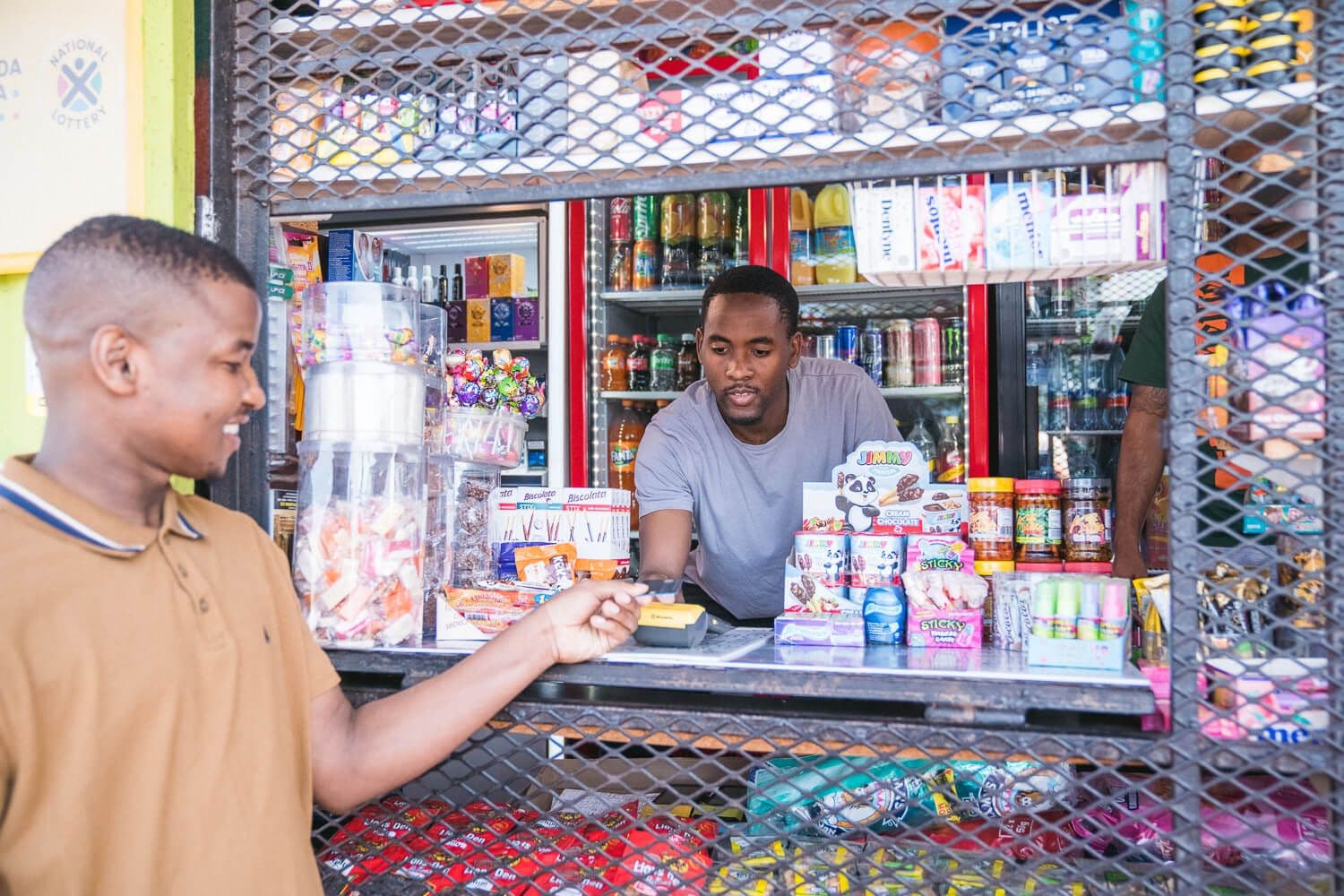
Paper vs Digital Receipts: Which Should You Be Using in Your Business?
Discover what digital receipts are, how they work and why South African businesses are switching to e-receipts. Go paper-free, save money, and streamline your sales with iKhokha.
BY Sarah Heron
Table of Contents
- Introduction
- What Is a Digital Receipt?
- How Do Digital Receipts Work?
- Why Businesses Are Switching to Digital Receipts
- 1. They Help You Keep Better Records
- 2. They Save You Money on Printing
- 3. They’re Better for the Environment
- 4. They Help You Understand Your Customers
- 5. They Help You Bring Offline Customers Online
- 6. They Improve Your Omnichannel Experience
- Are Digital Receipts Safe?
- Do Digital Receipts Replace Paper Receipts Completely?
- Going Digital with iKhokha
- The Bottom Line
You’re always looking for ways to make your business better. Every small change you make – every customer interaction, every tweak to how you operate – sends a ripple through your business. Sometimes, the biggest impact comes from improving the small things that often go unnoticed. One of those small but mighty things? How you manage your receipts.
Receipts might not seem like the most exciting part of running a business, but they’re essential. They’re proof of every transaction for both you and your customer. You get a record of your sale; your customer gets proof of their purchase. It’s the kind of simple exchange that keeps your business running smoothly.
But here’s the thing – not everyone keeps their paper receipts. You’ve probably seen it happen hundreds of times: a customer grabs their change, folds the receipt, and stuffs it into their pocket, never to see it again. Until one day, they need to return a product, and that tiny slip of paper is nowhere to be found. Eish. We’ve all been there.
Paper receipts have been the standard for decades, but times are changing. We live in a world where nearly everything – from banking to grocery shopping – has gone digital. So, it only makes sense that receipts would follow. That’s where the digital receipt comes in.
What Is a Digital Receipt?
A digital receipt, sometimes called an e-receipt, is an electronic version of a traditional paper receipt. It contains all the same information – your business name, VAT number, date, items purchased, and total amount paid – but instead of being printed, it’s sent digitally. Usually, that’s by email or SMS, though some apps can store them directly.
When a customer pays for something, you simply ask how they’d like to receive their receipt: paper, digital, or none at all. If they choose digital, you enter their email or phone number, and the receipt is sent to them instantly. No paper, no printer, no mess.
If you’ve ever received a receipt from Uber after a ride, or an email confirmation after buying something online, you’ve seen a digital receipt in action. It’s fast, reliable, and it lives safely on your phone or computer – exactly where you’ll find it when you need it again.
How Do Digital Receipts Work?
The process is simple, and it fits naturally into how modern businesses already operate.
The customer makes a payment.
This could be through a card machine like the iK Flyer or iK Flyer Lite, or even via iK Tap on Phone using your Android device.
Your system generates a digital receipt.
Once the transaction is complete, the card machine or app automatically creates a receipt.
You ask how the customer wants to receive it.
If they opt for digital, you enter their email address or mobile number.
The receipt is sent instantly.
The customer receives it right away, and a copy is stored safely in your iKhokha Dashboard or app for your own records.
That’s it. The process is seamless and paper-free, giving your customers the choice while keeping your business organised and eco-friendly.
Digital receipts are becoming the standard across industries because they save time, reduce clutter, and keep every transaction stored securely. It’s one of those upgrades that just makes sense.
Why Businesses Are Switching to Digital Receipts
Digital receipts aren’t just about convenience – they solve several real-world business challenges that paper receipts create. Here’s why more and more small businesses in South Africa are making the switch.
1. They Help You Keep Better Records
Every business owner knows the feeling: a drawer full of curled-up paper receipts, boxes in the back office, and folders that somehow never stay in order. Paper fades, ink smudges, and receipts go missing – usually when you need them most.
Digital receipts take that stress away. Every transaction is stored automatically in your system or in the cloud. That means no more lost paperwork, no more late-night sorting, and no more manual filing.
When tax season rolls around, or if you ever need to trace a sale or return, you can find what you need in seconds.
2. They Save You Money on Printing
Printing may seem cheap until you add it up. Thermal paper, printer ink, maintenance, and replacing paper rolls all eat into your profits over time. By going digital, you cut that cost completely.
No more standing there mid-transaction waiting for the till roll to be replaced. No more worrying about stockpiling paper just to stay operational. Every rand you save on admin is a rand you can reinvest into growing your business.
3. They’re Better for the Environment
We all know that sustainability matters. It’s not just good for the planet – it’s good for your brand, too.
Most thermal paper receipts can’t be recycled because they contain chemicals like BPA and BPS – the same substances you wouldn’t want near your food or in your child’s bottle. Going digital helps you avoid those chemicals altogether and reduces unnecessary waste.
Every time you choose to send a digital receipt, you’re saving paper, cutting down on harmful materials, and helping build a greener business. Your customers will notice that too.
4. They Help You Understand Your Customers
When you use digital receipts, you’re not just simplifying your process – you’re also collecting valuable insight into your customer behaviour.
Each receipt tells a story about what people are buying, when they’re buying it, and how much they’re spending. Over time, that data helps you make smarter business decisions. You can identify your best-selling products, spot trends, and even tailor your marketing around what your customers actually want.
It’s not about bombarding customers with emails – it’s about understanding them better so you can serve them better.
5. They Help You Bring Offline Customers Online
For many small businesses, the biggest challenge is connecting the dots between in-person customers and online engagement.
A digital receipt bridges that gap. When someone shops with you in-store and receives their receipt via email or SMS, you create a direct communication channel. You can include links to your social media pages, website, or promotions.
This small interaction turns a one-time buyer into someone who’s now part of your digital community. And as you know, staying top of mind in business often starts with staying in touch.
6. They Improve Your Omnichannel Experience
Omnichannel may sound like a buzzword, but it’s really just about making sure your customers have a smooth experience wherever they interact with your business – in-store, online, or on mobile.
Digital receipts help create that consistency. They allow you to personalise your customer communication, add thank-you notes, or share special offers. It’s a small way to make a big impression and show that your business is evolving with the times.
And when all your systems talk to each other – your payments, your receipts, your reporting – your business feels more connected and professional.
Are Digital Receipts Safe?
Whenever customer data is involved, security comes first. Most people don’t mind giving their email address for a receipt, but they need to trust that it won’t be misused.
If you’re collecting information only for digital receipts, make that clear. You can even put up a small sign that says:
“Emails are used for digital receipts only.”
This kind of transparency goes a long way in building customer trust.
It’s also important to make sure your systems are secure and comply with South Africa’s POPIA standards. Using a trusted payment provider like iKhokha ensures that all your transactions and customer details are encrypted and protected.
When handled responsibly, digital receipts are not only safe – they’re safer than paper receipts, which can be easily lost or stolen.
Do Digital Receipts Replace Paper Receipts Completely?
Not necessarily. Some customers still prefer paper, and that’s okay. What digital receipts do is give you flexibility.
Offering both options shows that your business is adaptable. The customer decides how they want to receive their proof of purchase – and you can deliver it in the way that suits them best.
But over time, you’ll likely notice more customers choosing digital simply because it’s more convenient. It’s a small change that reflects a much bigger shift in how people shop and pay.
Going Digital with iKhokha
If you’re ready to bring your business into the digital age, iKhokha makes it simple.
With the iK Flyer Lite, you can send digital receipts instantly after every transaction. The same goes for iK Tap on Phone, which lets you accept contactless payments directly from your smartphone – no printer required.
Each sale is automatically logged in your iKhokha App or Dashboard, so you can track transactions, view receipt history, and manage your finances from one place.
That means fewer boxes of paper, less admin, and more time to focus on what really matters – growing your business.
Digital receipts aren’t just a trend. They’re part of a much bigger movement toward smarter, faster, more sustainable ways of doing business. By adopting them now, you’re setting yourself up for long-term efficiency and a smoother customer experience.
The Bottom Line
The way businesses handle transactions is evolving, and digital receipts are leading the change. They make life easier for both sides of the sale, the customer who wants convenience and the business owner who wants control and clarity.
They’re cleaner, quicker, safer, and better for the planet and you already have the tools to make the switch.
With iKhokha, you can go paper-free without losing functionality. Every tap, swipe, or scan can end with a professional, eco-friendly digital receipt that reflects the modern way South Africans do business.
So next time you think about upgrading your business, start with your receipts. You’ll be surprised how big a difference it makes.





















